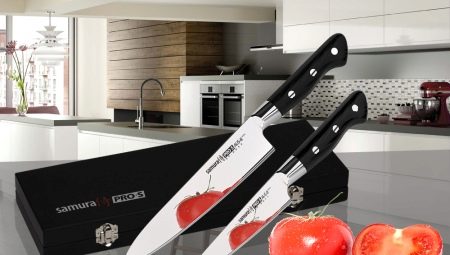Despite the popularity of kitchen knife sets, most work is usually done using only one, maximum two. When buying, you need to focus on the type of material, quality and other features of the product. There are models that occupy leading positions in the ranking, it is worth paying attention to them in the first place.

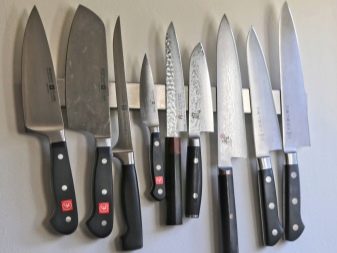
Top steel knives
The best kitchen steel knives for the kitchen are not only beautiful, but also comfortable. When choosing a professional model or appliance for the home, you should rely on both the manufacturer and the type of steel used.
- Crucible. Made of CPM-S90V steel. It has unique corrosion resistance. Such a knife is sharpened very quickly, perfectly holds the edge. On the market it can be found infrequently.

- Viking 940-1. It is made of steel of the same type. It is characterized by increased wear resistance. The percentage of carbon in the metal is very high, but the secret lies not in this, but in the high content of vanadium. In this brand it is almost 3 times more than in Elmax. Such knives are expensive, but worthy of their price.
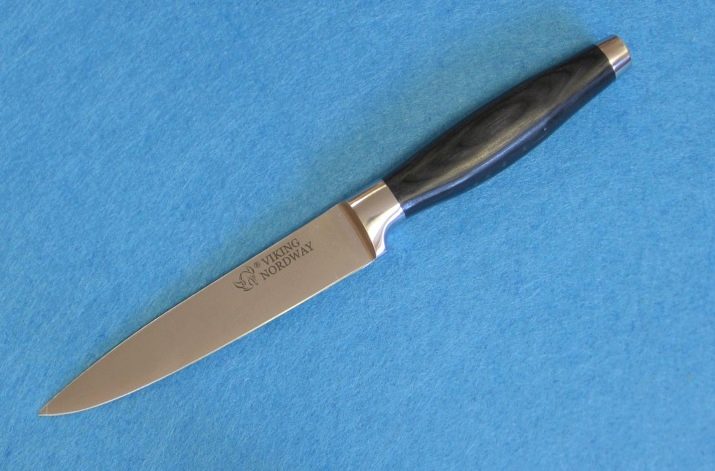
- Benchmade 581. It is made of steel M390. The knife was the result of the merger of the Austrian Bohler and the Swedish Uddeholm. A special powder is applied to the surface, which guarantees excellent corrosion resistance and provides the necessary hardness. The composition contains metals such as chromium, molybdenum, vanadium and tungsten, which increase the resistance of the edges to bending. Steel can be polished to such an extent that the knife turns into a mirror.
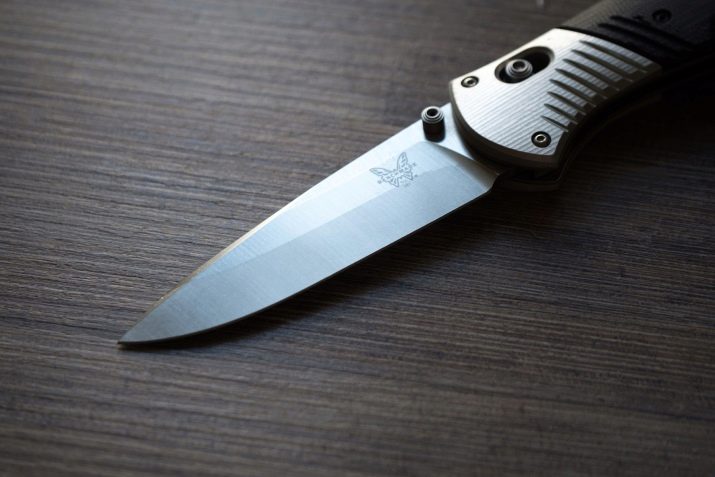
- ZDP-189 Hitachi. Knives made of special steel, which contains a large amount of carbon. The hardness level is 64 HRC, although some manufacturers exhibit a rate of 66 HRC.There may be problems with sharpening, even though the edges hold well and retain their shape. With a chromium content of about 20%, one would expect the knife to be immune to corrosion, but this is not entirely true.

- M390 Bohler. Pleases with a steel blade made of CPM-20CV material. Good knife, which is characterized by high strength, resistance to corrosion.
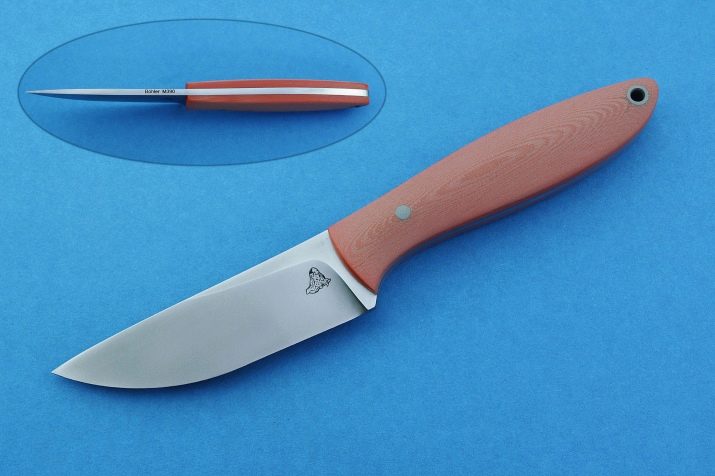
- European Uddeholm. It is made of steel with a lot of carbon. The product was introduced by Elmax, which supplies the market with high-chromium molybdenum alloy steel products with extremely high wear resistance. One of the advantages is that even after many years of use, corrosion does not form on the surface of the kitchen knife. The product remains sharp for a long time, ideal for professionals. Such knives do not require regular sharpening, as they hold the edge perfectly.
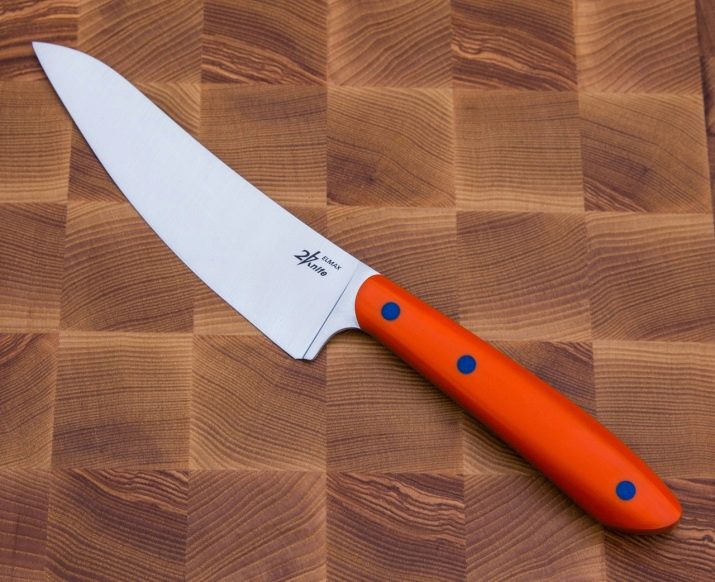
Ceramic Rating
Ceramic products not so long ago began to conquer the hearts of culinary experts, and all because this material perfectly copes with the task. More and more companies offering quality knives appear on the market. There are worthy representatives of Russian production for professionals, including a lot of budget models, and foreign sets for fans.
You can distinguish ceramic products intended for domestic and professional use, not only by cost, but also by the quality of the material, the need for sharpening. Among the manufacturers who make worthy models that have already won the attention of consumers, the following brands can be distinguished.
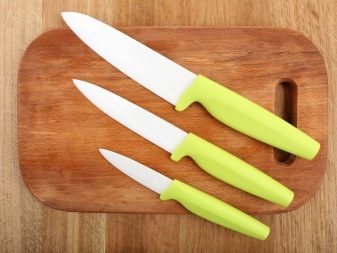
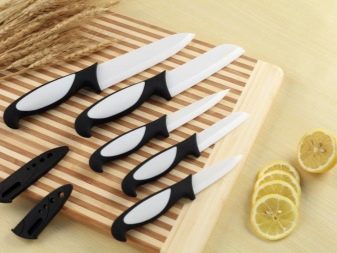
Chefcoo
A brand that presents to the consumer a whole set of knives. The set, in addition to a professional appliance for a chef, includes knives:
- for pizza;
- for cheese;
- for bread;
- chopping;
- for cleaning vegetables.
Any housewife will be happy to see such a product in her kitchen. Each product in this kit is made of stainless steel and has a ceramic coating for added durability.
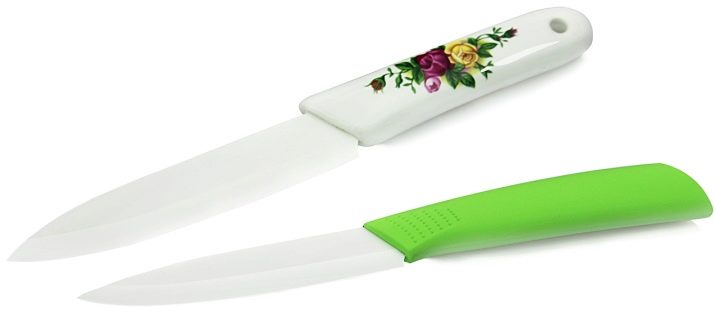
Of the benefits:
- each knife is sharpened qualitatively;
- ergonomic handles are provided in the design, so the hands do not get tired, even when you have to cook a lot of food;
- the handle surface does not slip - even if the hand is wet, the grip remains firm.
- each knife is color-coded;
- The kit includes a magnetic holder on which you can easily store products;
- sharpener is included.
Of the shortcomings, only two subjective remarks can be noted:
- the knives are very sharp, you need to work extremely carefully;
- not everyone likes this design.
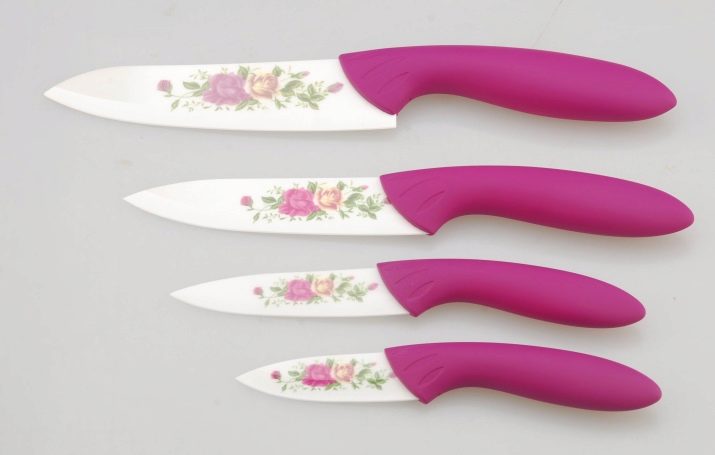
Cuisinart advantage
The name Cuisinart should be familiar to anyone who has ever bought kitchen appliances, as the brand offers some of the best products. There is also a set of 12 ceramic knives in their assortment, which are highly resistant to rust.
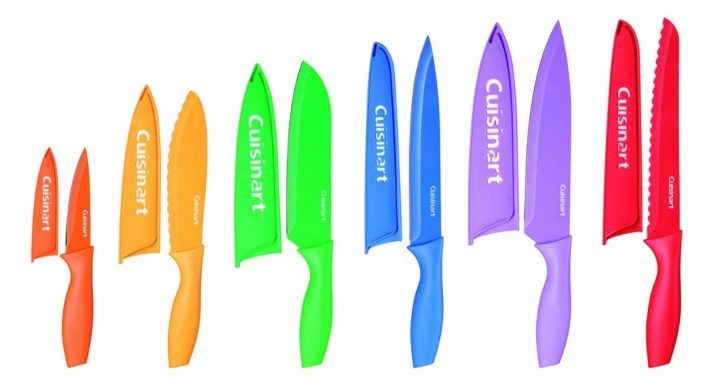
Of the benefits:
- products have sharp blades that allow you to quickly cut soft flesh;
- Ergonomic handle is comfortable and relieves pressure on the hands;
- blade guards make knives safer;
- the set has everything you need for cooking different dishes.
Disadvantages:
- the color coating of the knives wears out after a while;
- the blades become dull quickly if used frequently.
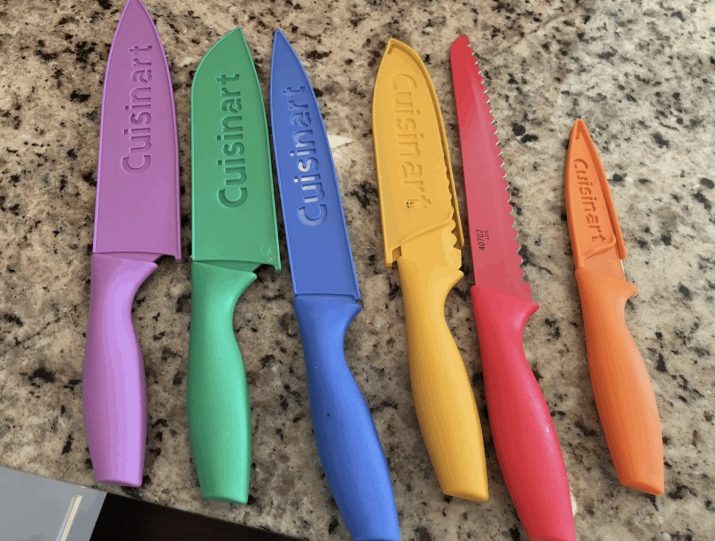
Checkered Chef 4-Piece
This set of ceramic knives contains four knives (3 ”, 4”, 5 ”and 6”), which are included in it with an emphasis on versatility. Each product has a sharp blade coated with zirconium oxide. The composition is resistant to rust and bacteria.
These knives are also one of the lightest when compared with models from other manufacturers. They can be used for cooking various types of food.
Products have a comfortable ergonomic handle.
One of the most notable features is the special handle design so that the blade does not stick out. This superior performance enhances safety, which is crucial when using sharp blades.
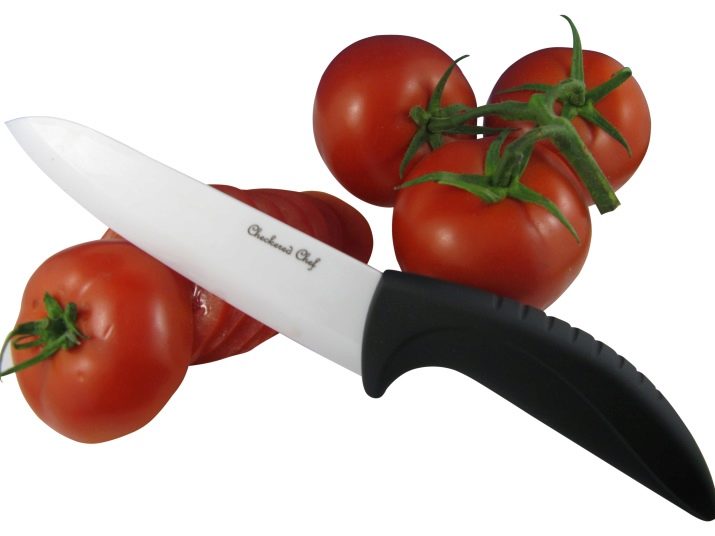
Of the benefits:
- ideal for those chefs who do not want to waste time on additional sharpening;
- the blades are resistant to bacteria and will not contaminate food;
- special handle design provides complete finger protection from cuts;
- the knife holder is stylish and thoughtful - each knife fits perfectly into the slot;
- A pair of stainless steel scissors is included.
Among the shortcomings is the need to provide the product with appropriate care.
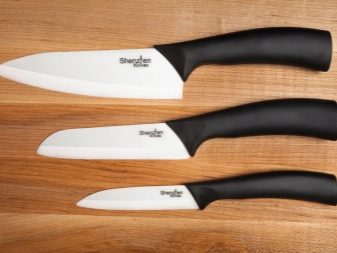
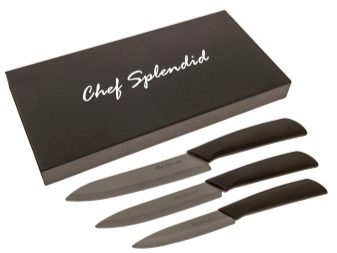
Oliver & Kline
All knives in the set are equipped with a black handle and quality blades. It does not matter who picks up the product - a novice or a chef, everyone can evaluate its benefits. Vegetable peeling knife suitable for cutting fruits.
The blade has the excellent ability to stay sharp for a long time. The fact that they do not corrode and do not rust is another advantage of this manufacturer.
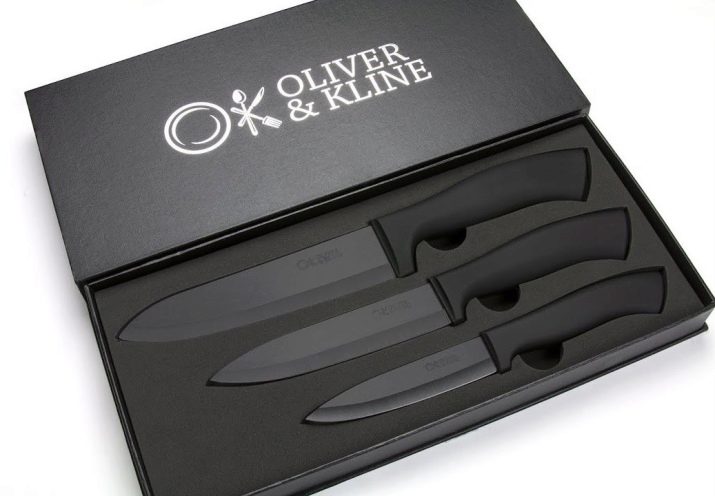
Benefits:
- have an ergonomic handle;
- all knives are universal;
- ceramic knives, if properly stored, are more durable than steel knives.
Disadvantages:
- these knives cannot self-clean, so you have to wash them by hand;
- In addition, you need to purchase a storage stand.
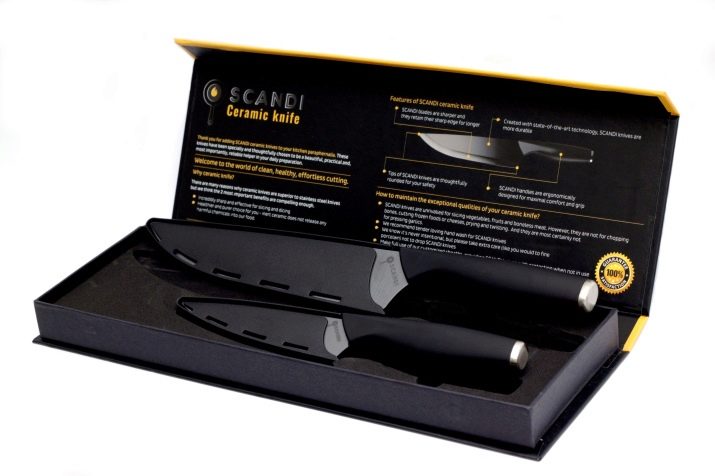
MioChef Ceramic
Blades retain their sharpness for many years. Devices are universal. Knives easily cut meat, fruits, vegetables. The set is equipped with lightweight ergonomic handles, so they are convenient to use.
Benefits:
- extremely sharp blades;
- ceramic blades do not collect bacteria on themselves;
- low weight of products;
- appliances are well balanced.
Among the shortcomings, only too bold design and excessive sharpness can be distinguished. Cutting is very simple, so work in the kitchen carefully.
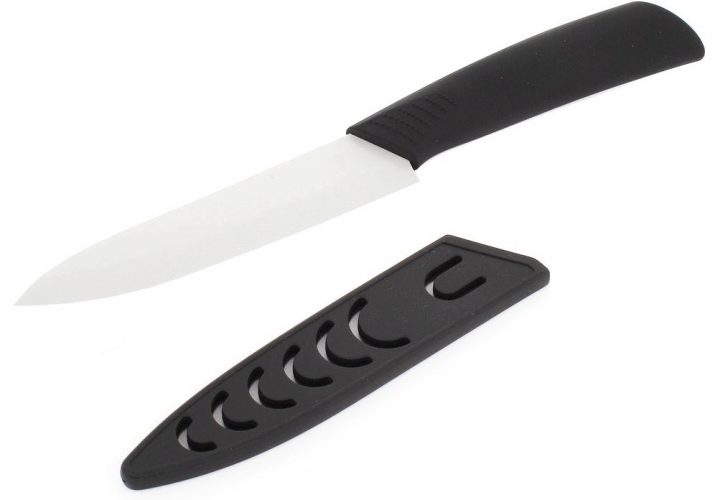
Titanium Products Overview
Titanium knives are no less popular than ceramic knives. They are of high quality, most models are universal. Professional chefs prefer to choose brands that are in demand in the world for work, because their quality and reliability have been proven more than once. The following products are included in the rating of worth products.
- Clauss 18417. The titanium blade knife is the first in its class. It has a reduced weight and can be washed in a dishwasher. The material is highly resistant to corrosion. The manufacturer paid special attention to the dimensions of the product, so the knife has an ideal design.

- High quality. It is characterized by unsurpassed quality. This is a set of 6 knives made of titanium stainless steel. Comes with a magnetic holder for convenience and ease of use. Can be hung over a stove or work area for easy access. Knives can easily cope with meat and vegetables. Ergonomic handle allows the novice cook to use the product.
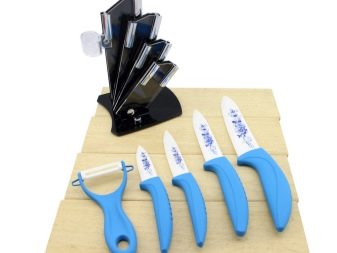
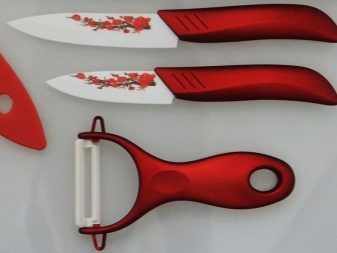
- Hampton Forge. A standing set of 10 items. The model has an original design, each knife has sharp blades and an ergonomic handle. On knives there are special safety measures against cuts.


- Chef's Star: The superb range from Chef's Star's leading home appliance company saves time and energy when cooking. In a set of 6 products and a special unit for their storage. The handles are slip resistant and ergonomic, so the chef feels comfortable while working.
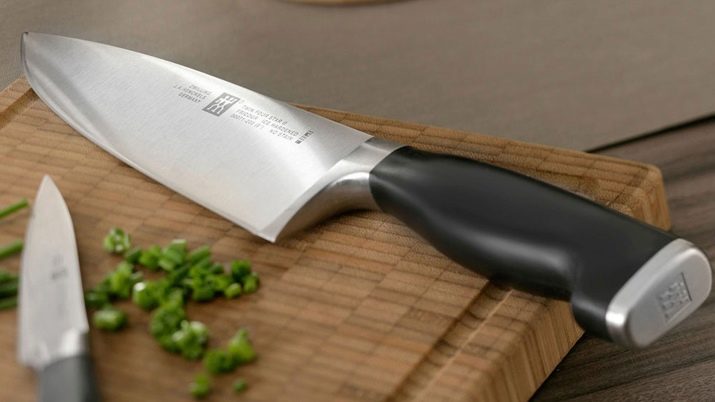
- SiliSlick. It has a special titanium coating. Knives are easy to operate, they are perfectly balanced, which reduces the load on the brush. Even after repeated use, sharpening will not be required soon.


How to choose?
People who only comprehend culinary art sometimes do not know how to choose a high-quality knife so that it is convenient for them to work, and the product itself meets the necessary requirements. Before buying a kitchen knife, it is important to consider the following factors:
- the type and type of knife, taking into account the dishes that are planned to cook;
- the size of the product so that it can be used without additional burden on the hand;
- the material from which the blade should be made;
- how much money the cook is willing to pay for a good knife.
The basic design of the kitchen knife has not undergone dramatic changes over the past 10,000 years, so it remains a product with a blade and handle. But in the field of materials used (especially steel) and their processing, great progress has been made.
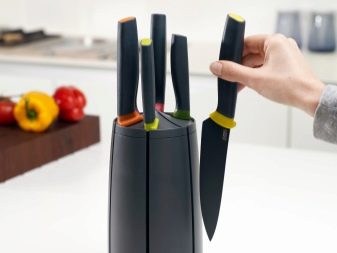
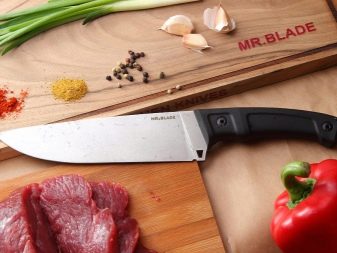
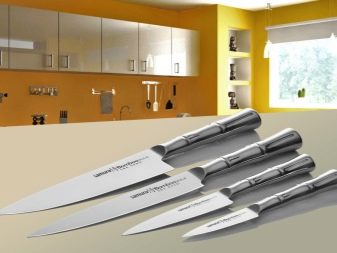

The quality and price of a kitchen knife is currently determined by:
- steel quality;
- a method of turning steel into a blade and hardening;
- how sharp the blade is and how long it remains sharp;
- how often do you need to sharpen a knife;
- balance between blade and handle;
- handle quality.
A kitchen knife is an indispensable tool with two main features: functionality and ergonomics. The wider the blade, the better it is suitable for cutting vegetables and fruits, but is not used to solve common problems in the kitchen. Narrow blades are used by professionals for cutting raw meat or fish and are not suitable for quick chopping.
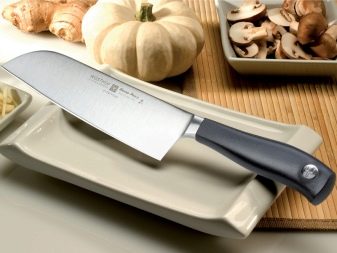
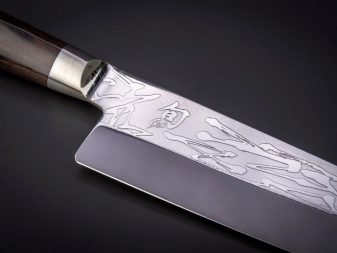
Appointment
If you want a multi-purpose knife - Gyuto (Chef's knife) or Bunka is a great choice. If the cook prefers a shorter type of blade, then the knives Santoku fit perfectly. Good models are Nakiri and Usuba. To process large pieces of meat and fish, you should use products Yanagiba, Sudzhihiki and the wider Gyuto.
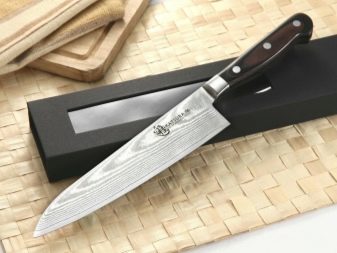
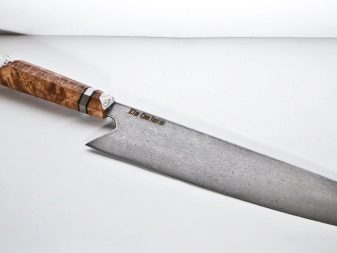
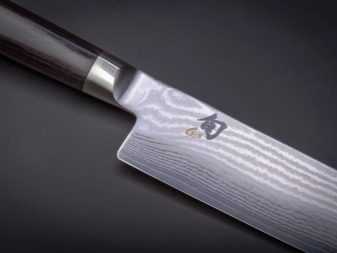
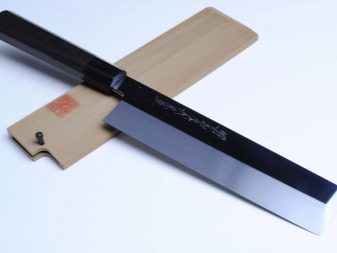
In a simple cutting process without using force, sharpness is key to kitchen knives. Such products are usually thinner and more sensitive, so they can not be used for complex tasks such as cutting bones, slicing fish (fillet) or opening coconut.
To do this, you need a correspondingly thicker kitchen knife, such as Deba or a heavier Cleaver.
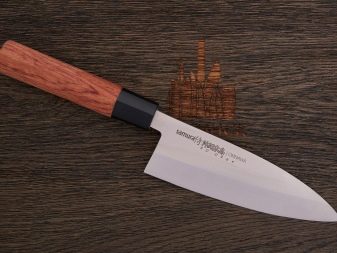

Steel hardness
Most modern kitchen knives made from stainless steel do not retain the desired sharpness for a long time, because the blades are not hardened or processed using steel hardening methods. HRC or Rockwell scale is currently the best way to determine the hardness of steel. 56 HRC the lowest level of hardness. Such a product will not only soon become dull, but it is not so easy to hone it.
Kitchen knives marked as “stainless” have a very high chromium (Cr) and low carbon (C) content, and therefore are not a good choice for use in the professional field, but are quite suitable for the home.
If you need a better product, then you should choose a knife that has a blade with a lower level of chromium and the addition of vanadium or molybdenum, which has been hardened at least to 56 HRC.


If it is impossible to find data on the type, quality and hardness of steel when buying a knife, then this is usually stainless steel with a high chromium content and too low carbon content.
Steel with a high carbon content (C> 0.8%) remains sharp for a longer period of time, its sharpening is easier, but patina appears on the blade, because the composition does not have the necessary amount of chromium. Stainless steels with a high carbon and chromium content (Cr> 10%) remain sharp for a long period of time, but are slightly more difficult to sharpen.
It is best when the model is made of tool steel, in which there is a high carbon content, but it is difficult to cut. The severity of these models lasts a long time.

Combined steel and sharpening angle
Blades of rolled steel kitchen knives are made of two or more different types of steel. Usually the core is made of a very hard, quality material that is coated with a layer of softer, stainless steel.
The advantage of such products is that thanks to the hard core, they remain sharp for a very long period of time, and due to the softer outer layer they are easier to sharpen. Softer outer layers protect the core from external factors. In the case of rust, which usually appears on the tip of the blade, this area can be easily grinded off.
Kitchen knives that have different types of steel have a special look.Their bent layers look like growth rings, this pattern is called "Damascus". Damask patterns make each knife unique, but do not add improved characteristics to the blade.
Beautiful examples of damask patterned knives are Santoku 3D by Shikegi Tanaka or Santoku Wa.
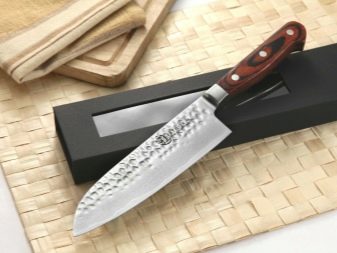
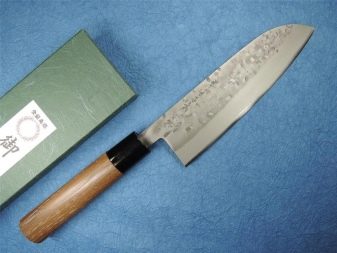
A classic German or French kitchen knife is sanded on both sides of the blade, usually at the same angle of about 20-30 degrees. This type of inventory has a not too sensitive edge and is suitable for both lefties and righties.
Japanese products such as Gyuto, Santoku are sharpened at a smaller angle, between 12 and 18 degrees, and very often the center of the edge is slightly shifted left or right (for example, in a proportion of 70/30). This species is much sharper, but at the same time much more sensitive to shock, chips or rough use. Moving the center of the edge to one side makes the knife suitable for left-handed or right-handed use.
Traditional Japanese knives are sanded exclusively on one side. A long flat bevel is made about 12 degrees on one side, and on the other there is a slightly concave surface.
This feature allows you to get a much sharper angle, and, therefore, a higher sharpness of the knife. The tool is easier to reconfigure, and at the same time, it is suitable for use by left-handed people and right-handed people.
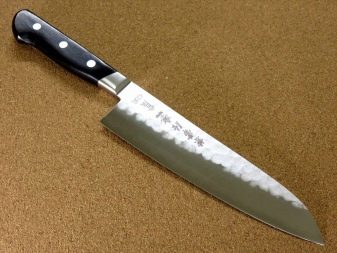
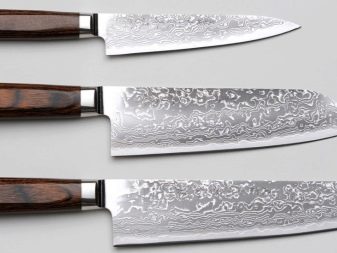
Prices
The average cost of a knife 18 cm long with a simple handle and a decent steel blade starts at about 3,000 rubles. A longer blade includes more steel, and accordingly, leads to an increase in cost.
A well-thought-out and balanced pen adds a few hundred rubles to the cost. Hand-forged kitchen knives made of laminated steel with well-designed handles from well-known manufacturers can cost several tens of thousands of rubles.

See how to choose a good kitchen knife.
